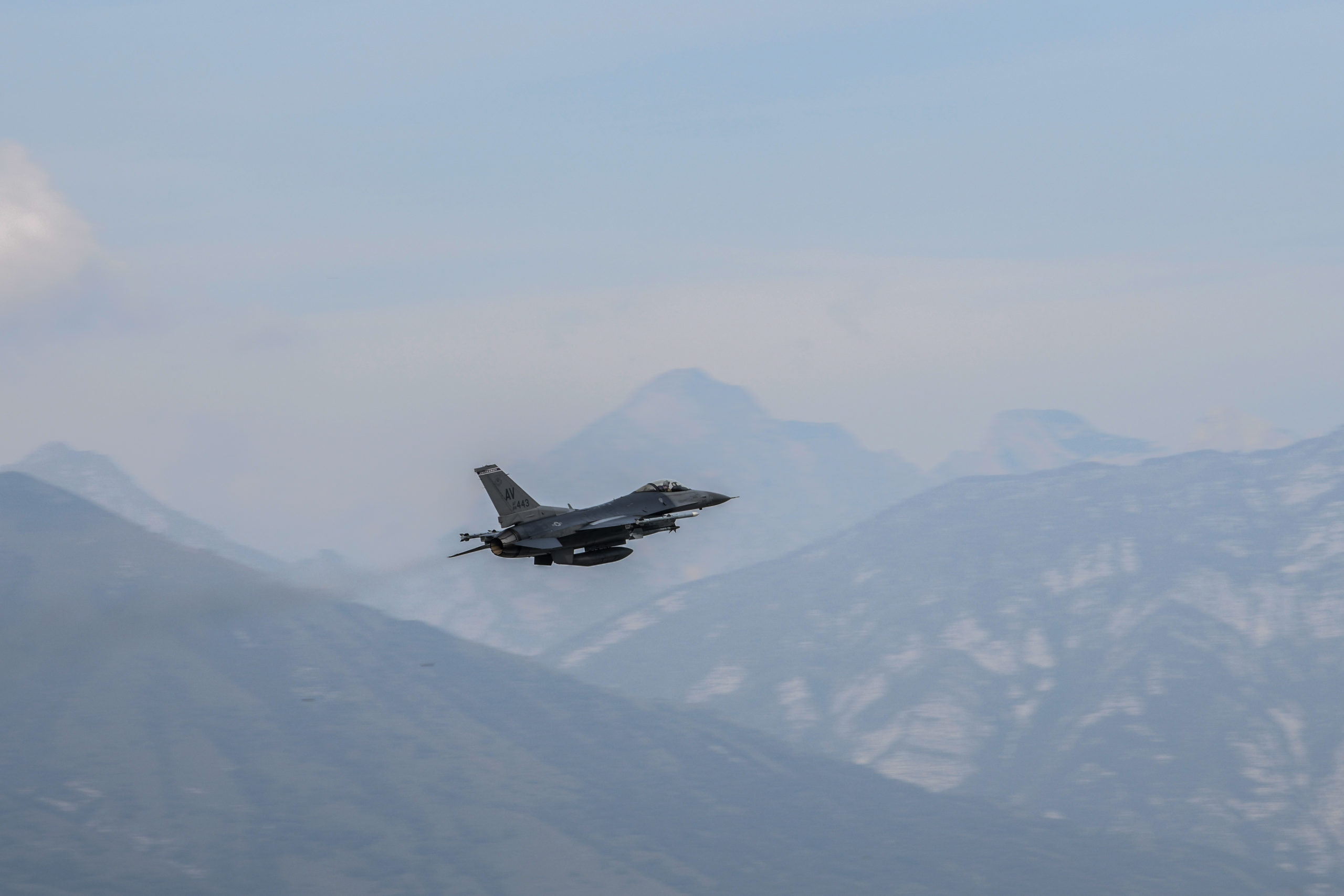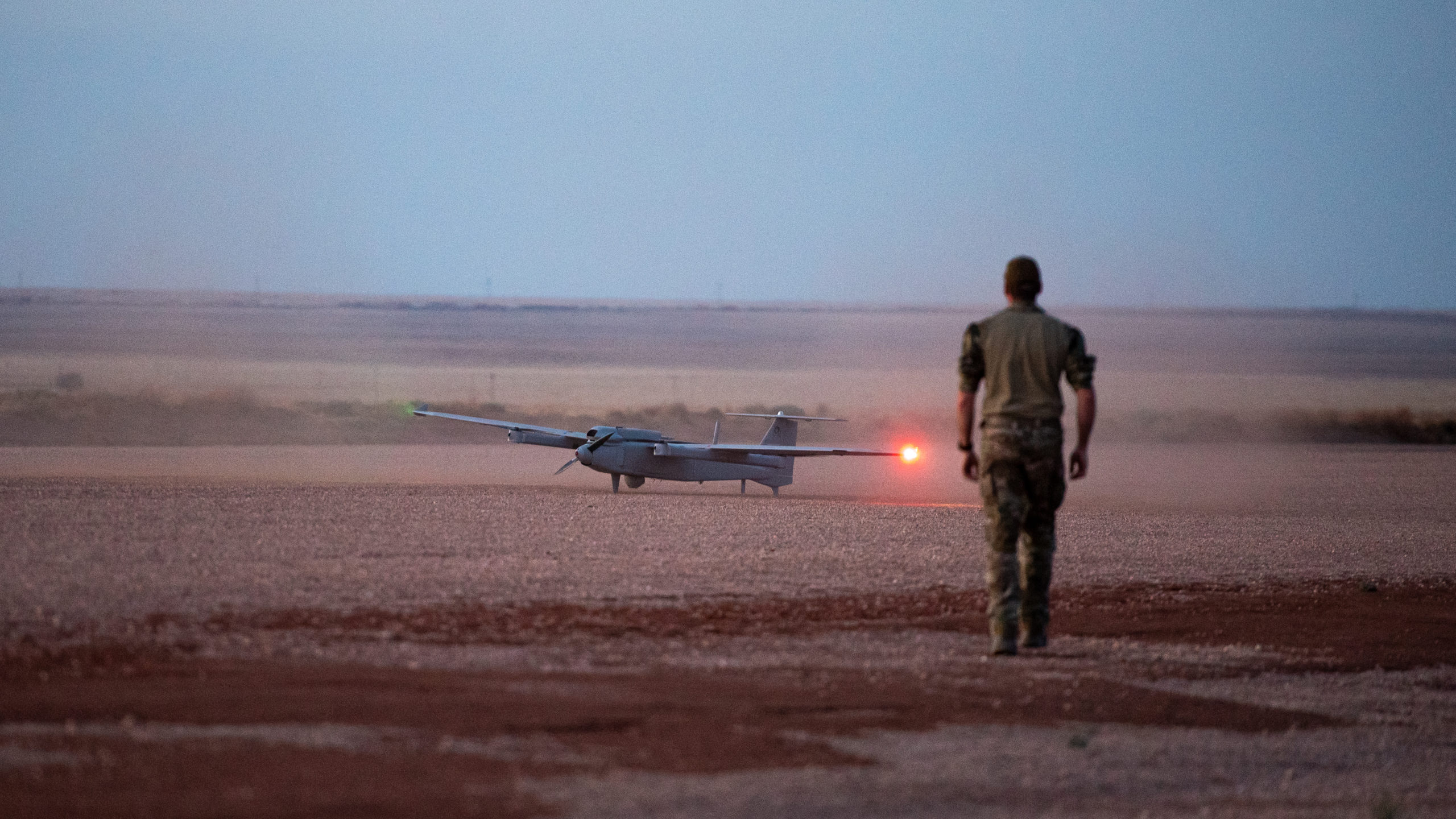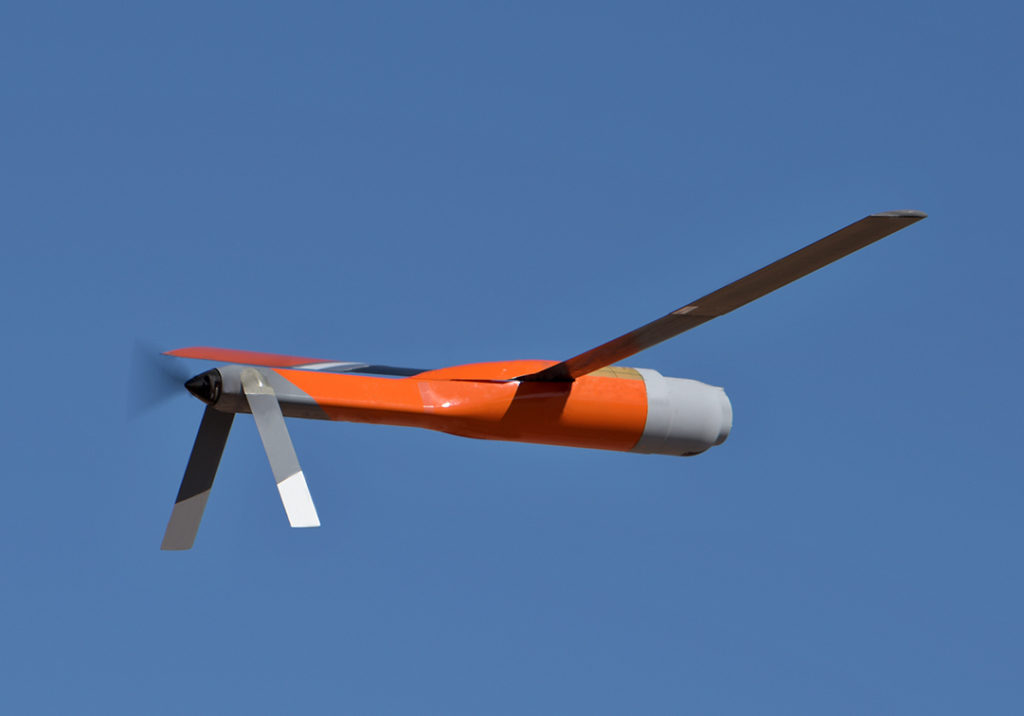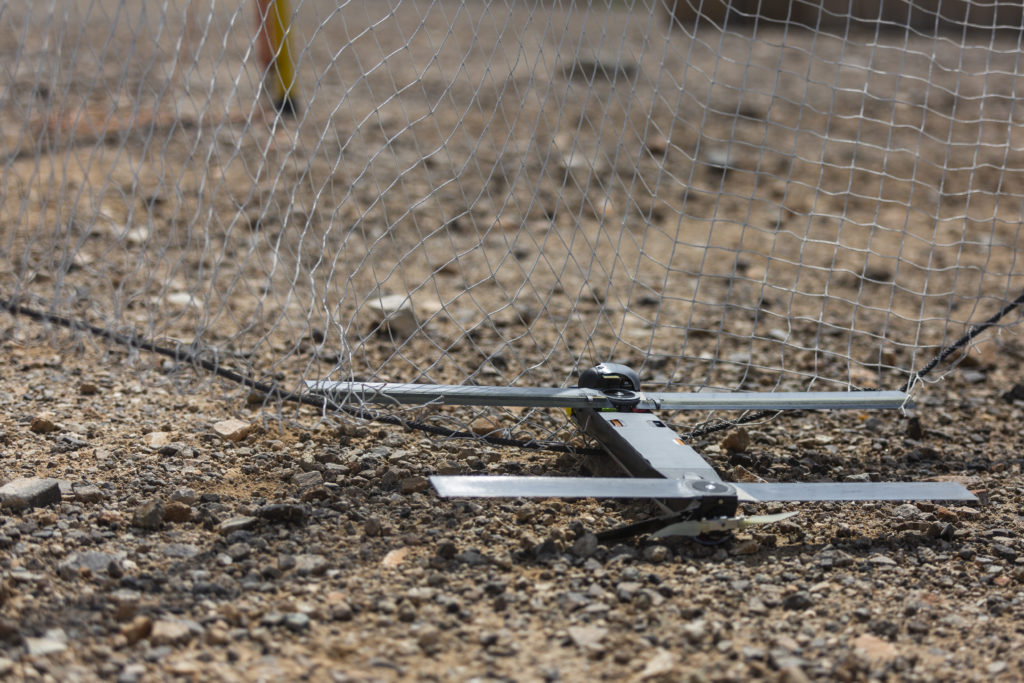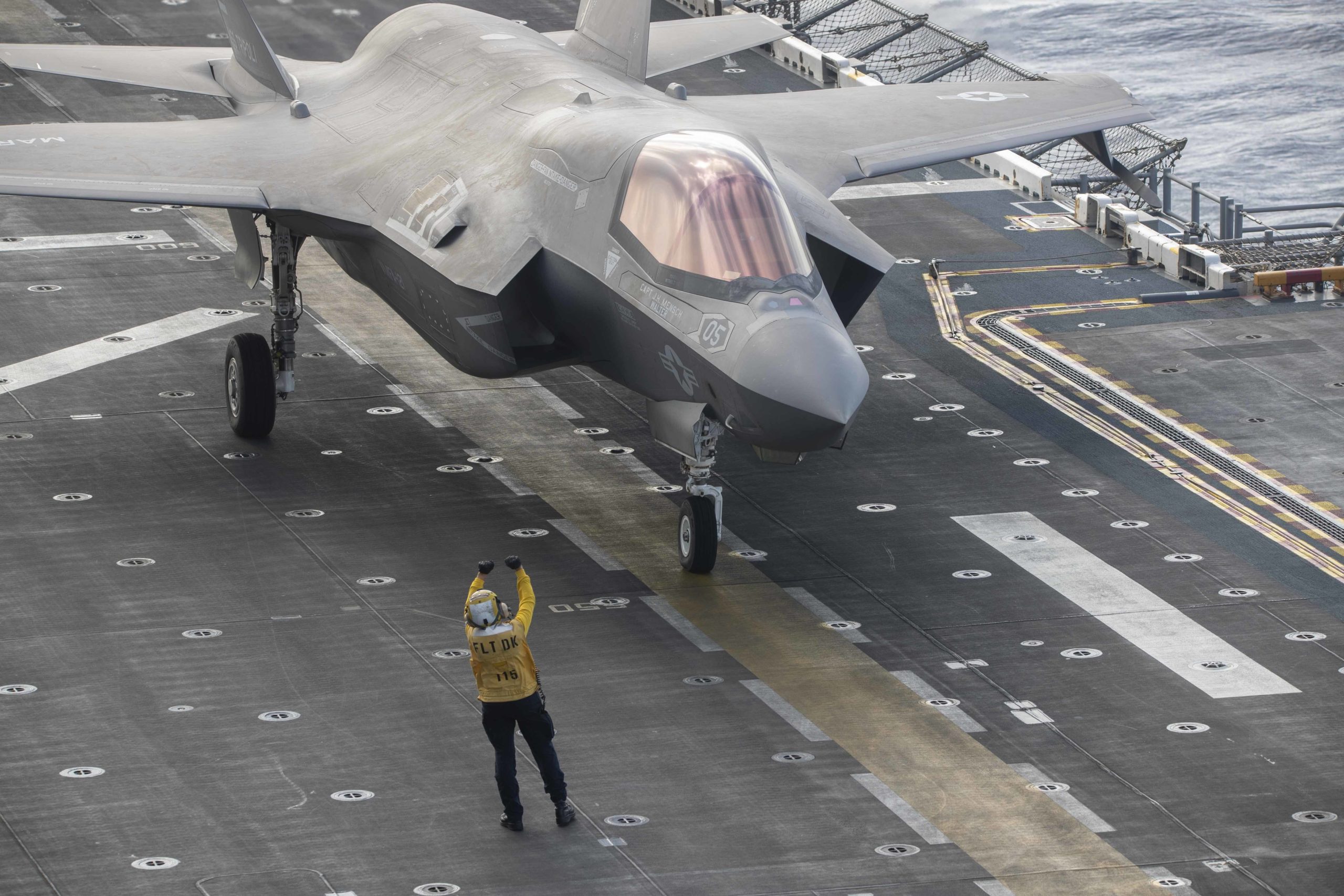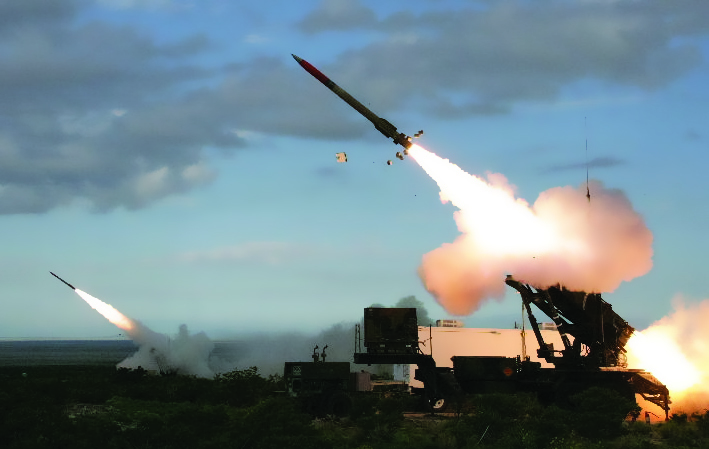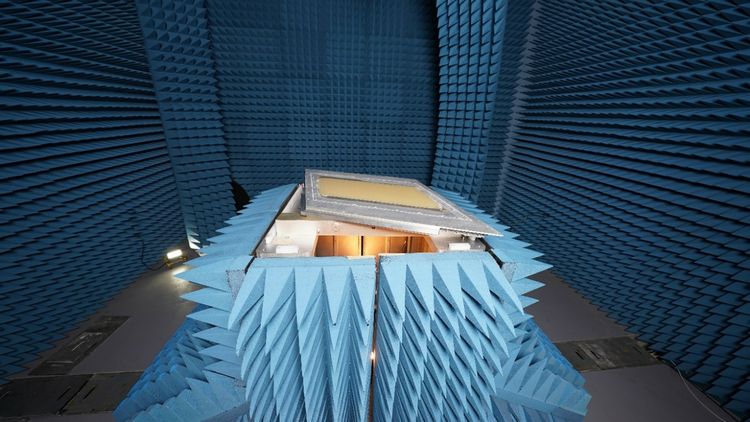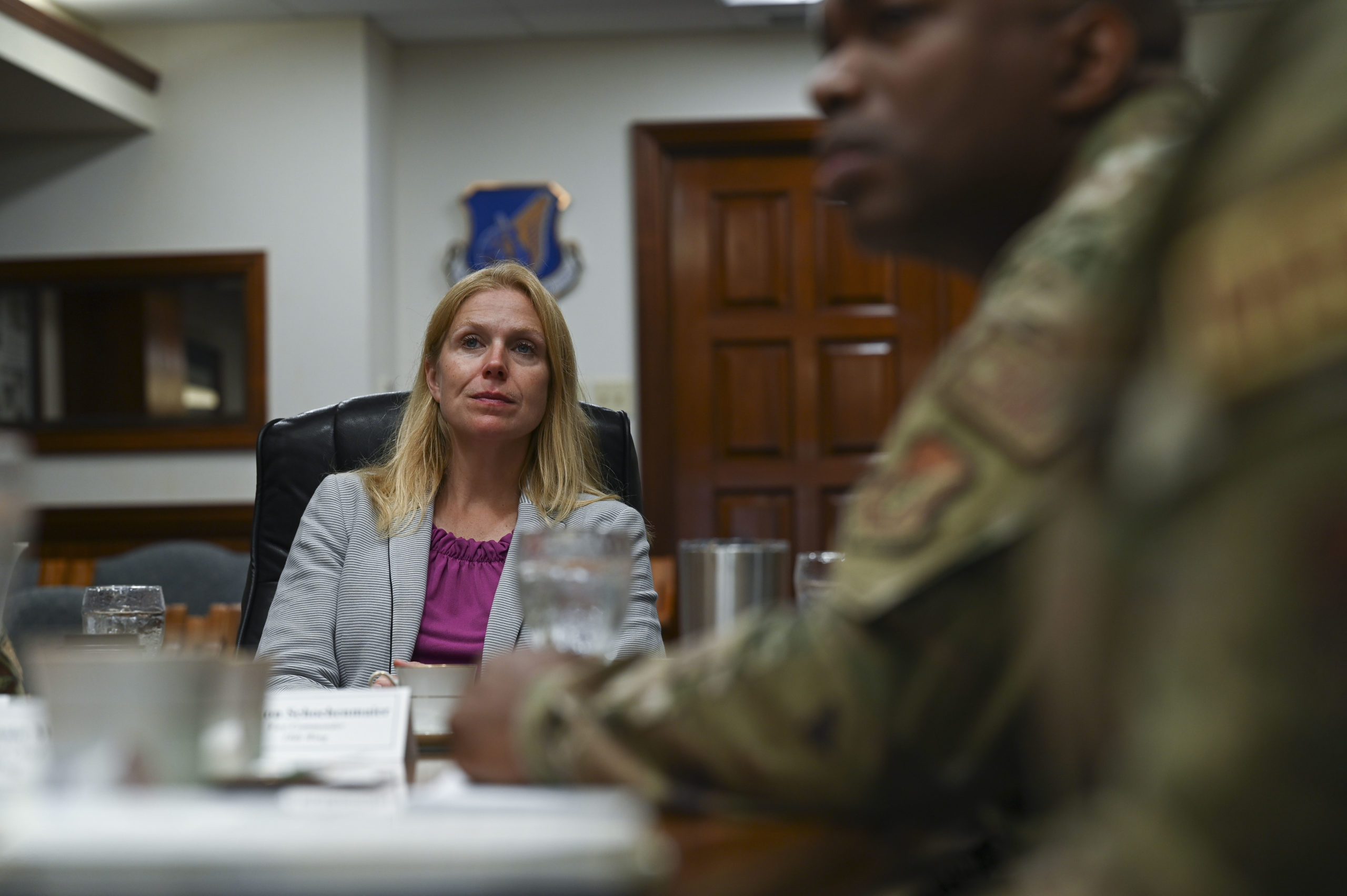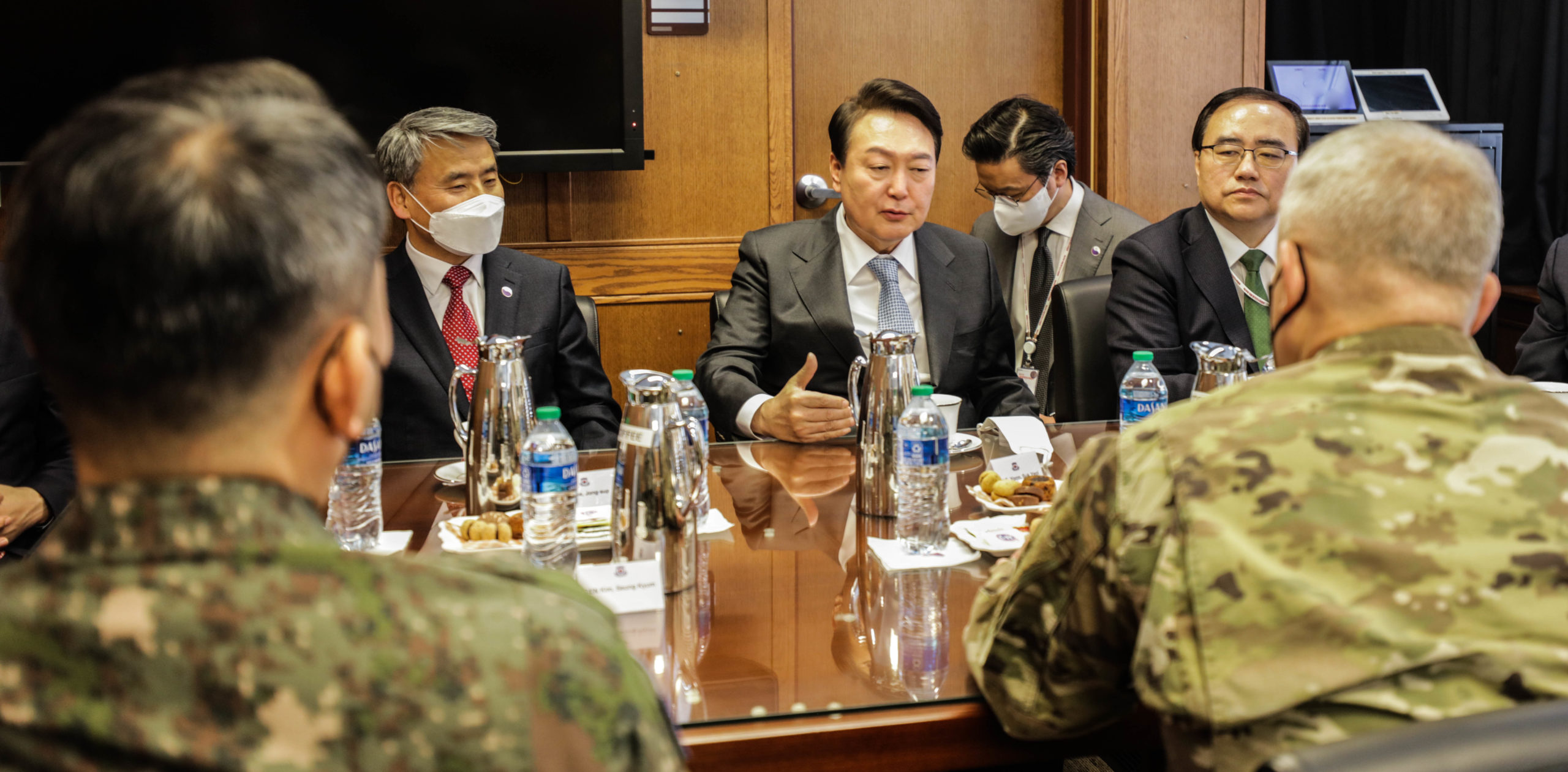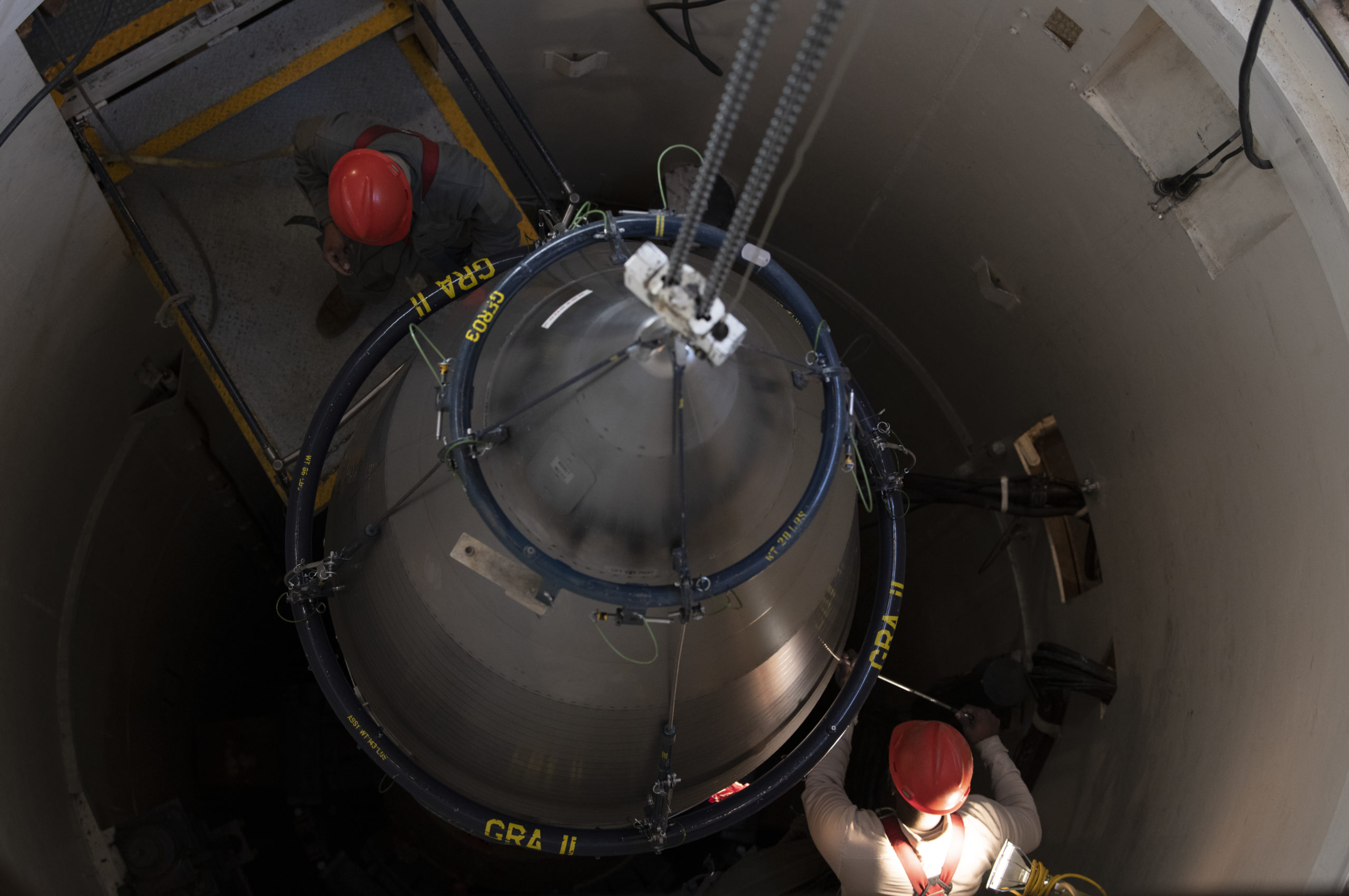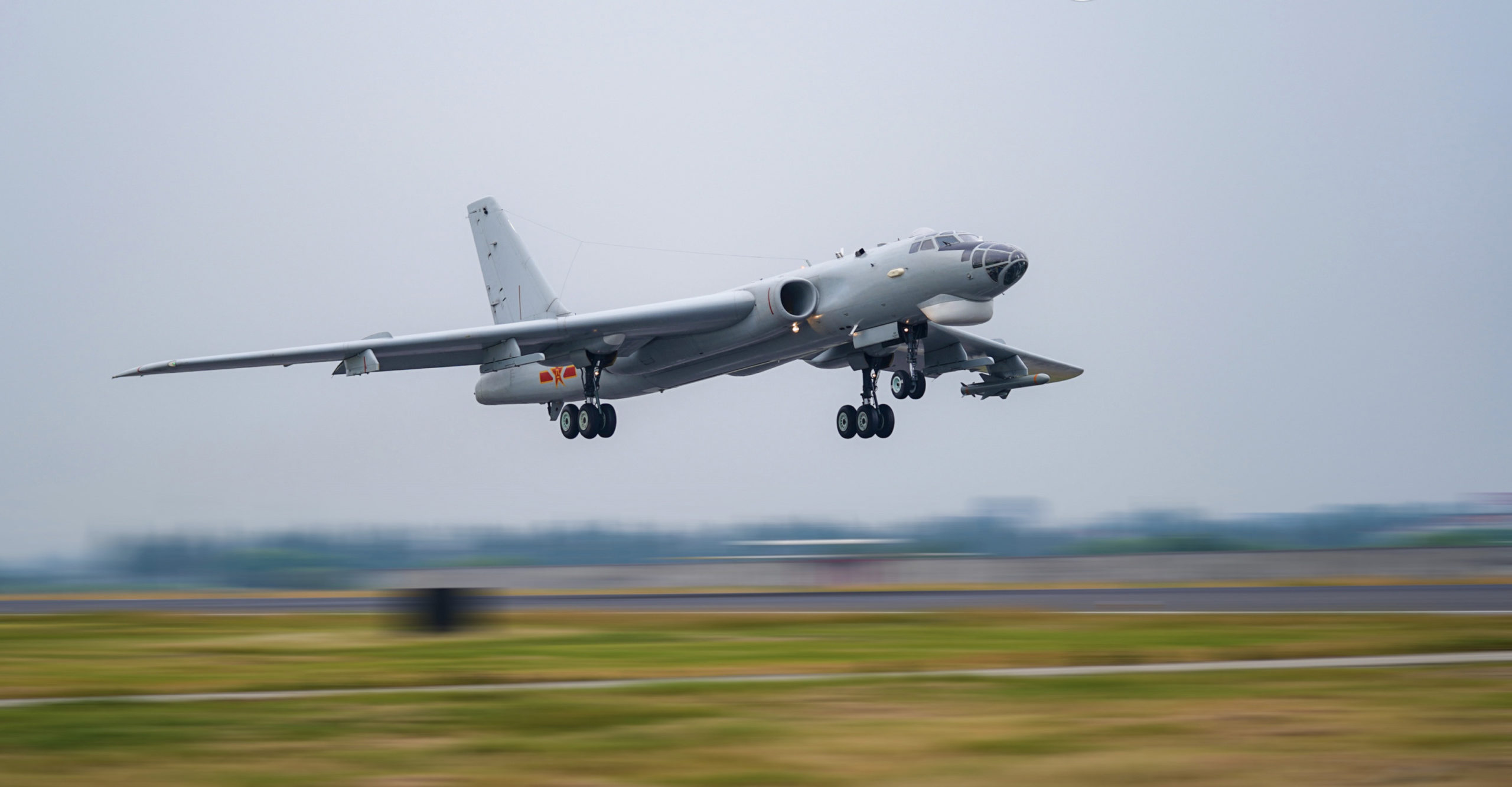President Joe Biden’s position has been clear all along: Ukraine will not get multi-role fighter jets from the U.S. any time soon.
“He doesn’t need F-16s now,” Biden told ABC News in an interview broadcast Feb. 24, referring to requests from Ukrainian president Volodymyr Zelenskyy.
But others continue to press the case. Rep. Michael McCaul (R-Texas), chairman of the House Foreign Affairs Committee, met with Zelenskyy on Feb. 21, then said he agreed with the Ukrainian president that Ukraine needs F-16s and ATACM surface-to-surface missiles.
“I don’t think it’s off the table,” McCaul said on ABC’s This Week Feb. 26. “I think with enough pressure from Congress on both sides of the aisle, we can get into Ukraine what they really need to win this fight. Otherwise, what are we doing in Ukraine?”
The Biden administration argues against providing F-16s now because it will take too long to get them there and to get Ukraine’s air force trained to use them.
“There is no basis upon which there is a rationale, according to our military, now, to provide F-16s,” Biden said. “[Zelenskyy] needs tanks. He needs artillery. He needs air defense, including another HIMARS. There are things he needs now that we’re sending him to put him in a position to be able to make gains this spring and this summer going into the fall.”
The Ukrainians have other ways of keeping the Russian Aerospace Forces, or VKS, out of the fight, others argue, including the PATRIOT air defense systems Ukraine has acquired.
In the year since Russia invaded Ukraine, the U.S. has refrained from providing long-range ATACMS surface-to-surface missiles and other systems, seeking to draw a distinction between weapons Ukraine can use to defend itself and any that might have utility in taking the war to Russia. F-16s would complicate that position.
Some former U.S. military officials say Ukraine’s limited airpower is precisely what is hampering its forces from waging a true combined arms fight against Russian forces.
“Our air forces of the Army, Navy, Air Force, and Marines have afforded battlefield air superiority over our troops in every war since Korea,” said retired Air Force Gen. Philip M. Breedlove, who was NATO’s Supreme Allied Commander when Russia seized Crimea in 2014. He told Air & Space Forces Magazine in early February that air power is crucial to combined arms combat. “It’s important that a nation can allow its troops the freedom to fight under that kind of air cover,” Breedlove said. “The Ukrainian Air Force has a small and limited-sized and older force. They have used them magnificently to thwart the Russians.”
F-16s are not the only option. The West could also provide F-18s, tactical aircraft originally designed to operate from aircraft carriers, which by their very nature as floating runways have limited depots and a small footprint. Sweden’s Saab Gripen is another fighter designed to operate with a limited support crew and under harsh conditions.
British Prime Minister Rishi Sunak said on Feb. 8 that his country would train Ukrainian pilots, though the details remain unclear.
The White House has not ruled out providing F-16s in the future, including after a negotiated settlement, if that should occur. In that case, the West would help Kyiv improve its defense capabilities. Biden’s National Security Advisor Jake Sullivan said on Feb. 26 that, for now, the U.S. was attempting to bolster Ukrainian’s existing aircraft as much as possible.
“It’s important for people to understand that Ukrainian pilots are currently flying day in and day out,” Sullivan said. “They are flying their Soviet-era fighters, MiG fighters, Sukhois. And the coalition is providing spare parts for those planes to ensure that they can stay in the sky. So first of all, we are providing a substantial amount of support to the Ukrainian Air Force for the limited kinds of missions that the current war calls for them to undertake.”
Discussions over U.S. manned aircraft, Sullivan added, remain “a question for another day, for another phase.”
In the meantime, the U.S. is providing a growing number of cutting-edge unmanned aircraft to Ukraine in its latest $2 billion round of military aid.
